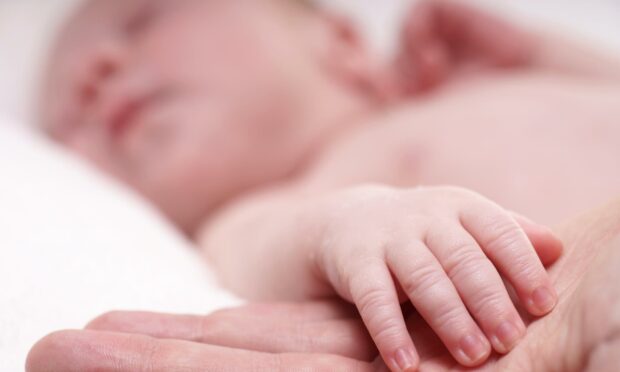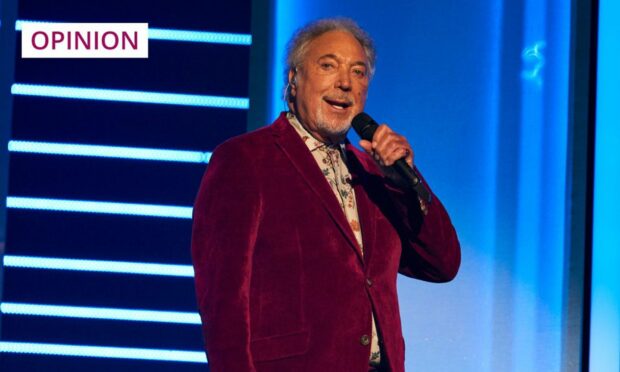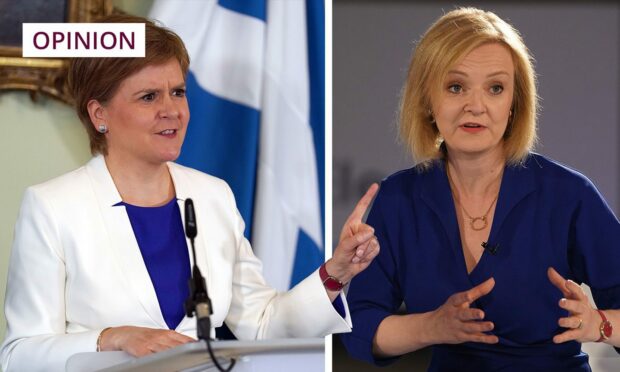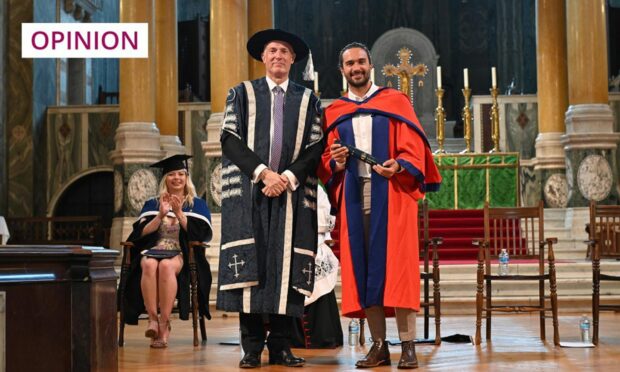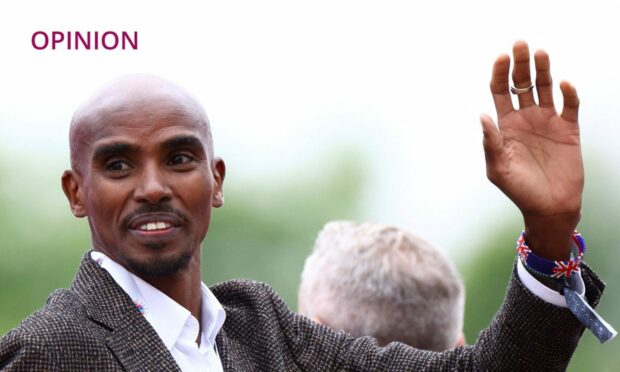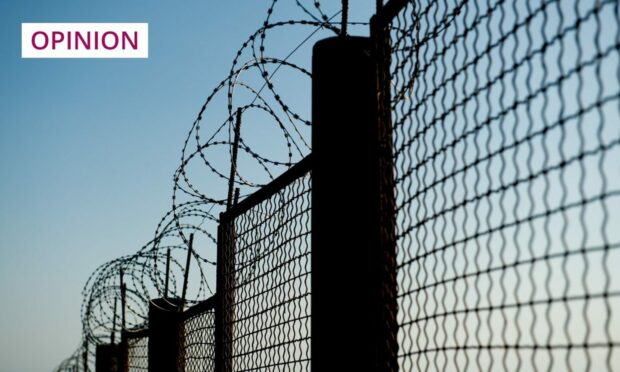Before my first baby was born, I immersed myself in creativity. I, who had never sewed anything in my life (other than an apron with a wonky seam that made my sewing teacher screech like a banshee) bought cascades of brightly coloured cotton with dancing clowns on, painstakingly sewing patchwork cot covers with broderie anglaise frills.
It was displacement activity, an avoidance of the fear that took up residence in my gut when the lodger moved into my womb. The worry was not just the impending physical process. It was that secret inner fear, frequently felt but rarely voiced: what if I don’t like this baby?
What I didn’t understand – yet – was what thousands of women who were forced to give up their babies for adoption in the 1950s -70s discovered in the most painful way possible: the primitive power of motherhood.
Their babies were removed, often in the cruellest, most manipulative of ways, because they were unmarried. Many are now demanding a state apology and the Scottish Government has set up a questionnaire, open until April 20, for those affected by forced adoption to voice their needs. Specialist counselling support has also been offered.
Families affected by historical adoption practices are being invited to share their experiences through an @scotgov webpage and questionnaire.
The responses will help Ministers to understand what support is needed.
Please respond by 20 April at https://t.co/02jm7HScOQ pic.twitter.com/XrnSsdBYw3
— ScotGov Education (@ScotGovEdu) March 18, 2022
The night in late November when my son was born was icy cold, with frosted ground and stars studding an expansive, inky black sky that made the universe seem vast and frightening. Leaving the village, I secretly feared that I would never return, and indeed, I didn’t return as quite the same person.
Trauma of being separated from children
A day later, I sat in a supermarket carpark looking with trepidation and curiosity at this tiny, snuffling figure. What did I know about babies? But I knew one thing already: maternal love was not a quiet emotion. Frightened ambivalence had already disappeared; I was a tigress who would have torn you to pieces had you threatened my child.
It is the memory of fear and trauma followed by the salve of protective love that makes me sad for the women separated from their children.
How do you recover when your baby is – literally – ripped from you after birth and only the pain remains?
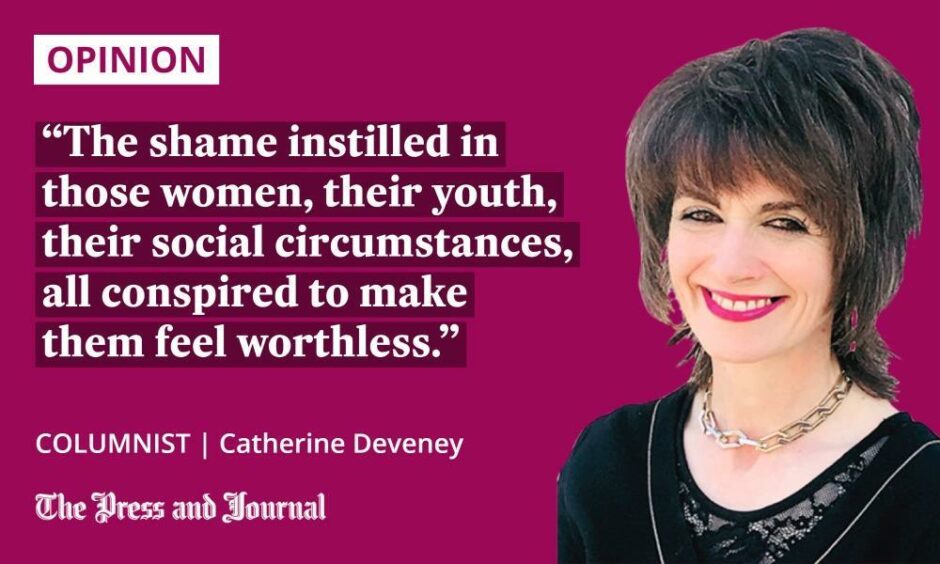
Most were teenagers, voiceless, powerless, and made to feel they were unfit to do a job none of us are trained for, yet most somehow cope with. It isn’t just the overturning of the natural order that was wrong. It was the deep shame women were made to feel.
In recent interviews, one recalled being refused pain control. It would teach her a lesson. Another was roughly, painfully examined and told she must like that kind of thing because why else would someone like her be having a baby?
Shame instilled in women forced to give up babies for adoption
To those who argue they signed the babies away of their own volition, I say, what is consent?
Your treatment of a person, how you make them feel, affects their ability to make good choices. The shame instilled in those women, their youth, their social circumstances, all conspired to make them feel worthless. They were told their babies needed someone else. They believed it. Shame is toxic and, ironically, is usually dished out by the self-righteously “respectable” who are no more worthy than those they denigrate.
In this case, that societal shame was directed at mothers, escaping fathers almost entirely. Who fingered the boys’ collars and told them they were immoral and unworthy to a degree that affected the rest of their lives?
The most abhorrent breach of human rights and an apology from Goverment ministers is an absolute must. These women and children must know they should never have felt/feel shame or ashamed. Some of whom still do #ForcedAdoption @ScotParl @NicolaSturgeon pic.twitter.com/pSTHB0fKbb
— Forced Adoption Scotland 🏴 (@fascotland1) February 1, 2022
Adoption was not a single event. It was a process, ongoing and with lifelong effects. Some women never had children again.
“Why would you think you deserved them?” wept one in a TV interview.
Another said flatly she’d had no life, really. She’d just got on with it.
Then there was the impressive woman who refused to resent the middle class adoptive parents who raised her child. Her anger wasn’t with those who showed love. It was with those who decided her love wasn’t enough.
Response to those who had babies taken from them is cruelly late
When I lived near a farm, I once heard a cow howling through the night for the calf that had been taken from it. It was an awful sound. Plaintive. Anguished. No answer ever came.
For the women who had their babies taken, a response is cruelly late but now necessary.
To contradict the song, “sorry” is sometimes not the hardest word, but the easiest. Glib. Trite. But you only have to watch the filmed audience listening to an apology for forced adoption by Julia Gillard on behalf of the Australian government, to know how healing sorry can be when it is truly sincere. This Mother’s Day weekend, it is the very least we can say.
Catherine Deveney is an award-winning investigative journalist, novelist and television presenter
